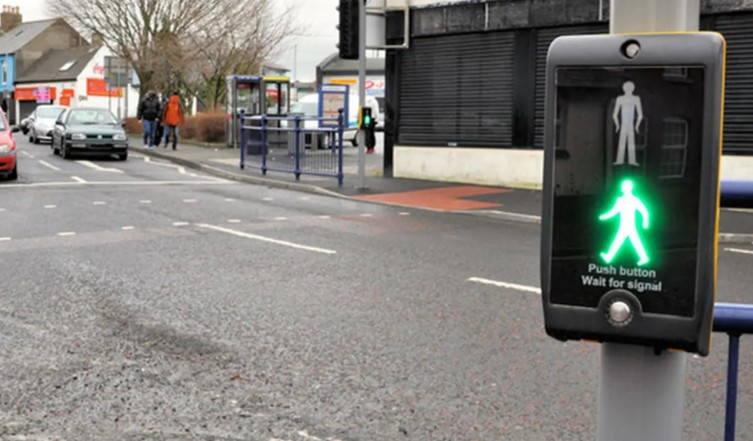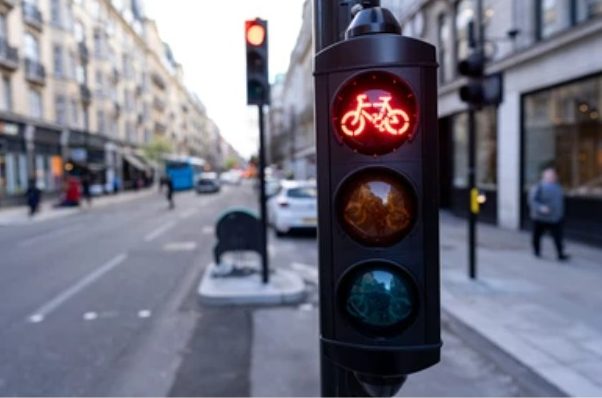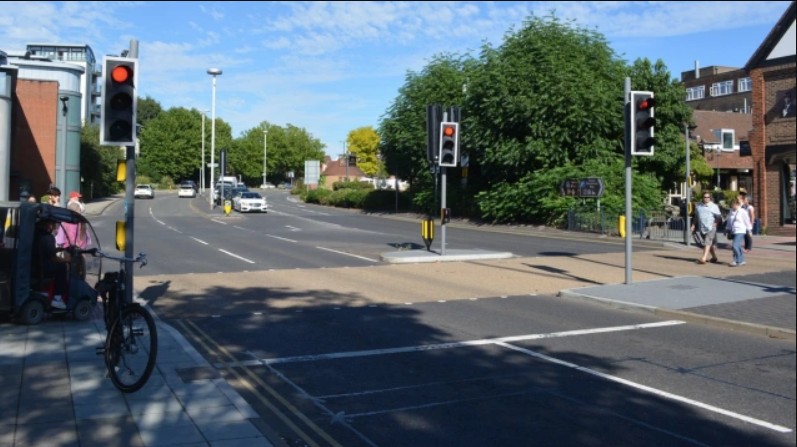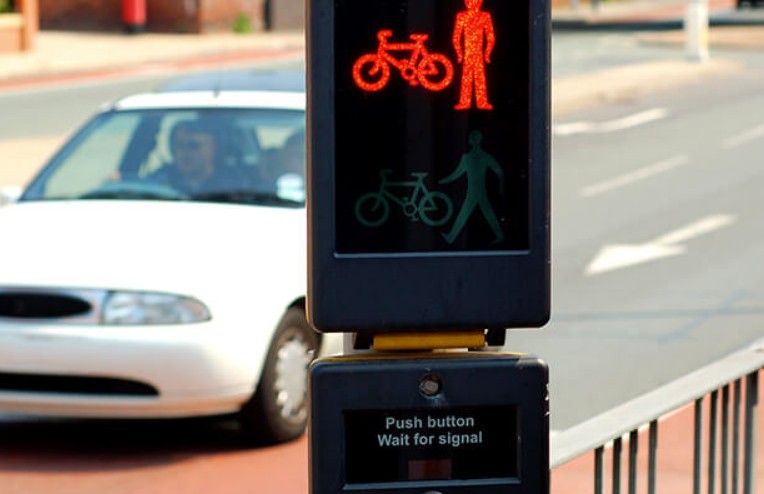In the UK, road crossings aren’t just for pedestrians anymore. With the rise of shared spaces, cycle lanes, and sensor-based safety systems, the humble pedestrian crossing has evolved into a range of smart, specialised systems — including puffin and toucan crossings.
But why is a toucan crossing different from a puffin crossing? The short answer: it’s about who can use it and how it works. This guide breaks down both crossing types, how they function, and why it’s important to know the difference, whether you’re walking, cycling, or driving.
What Are Toucan and Puffin Crossings?
Toucan and puffin crossings are both controlled pedestrian crossings equipped with traffic lights and sensors — part of the UK’s smart traffic system aimed at improving road safety and traffic efficiency.
- Puffin stands for Pedestrian User-Friendly Intelligent crossing.
- Toucan gets its name from “two can” cross meaning both pedestrians and cyclists.
These crossing types were introduced to replace outdated pelican crossings and offer a safer, more efficient way to cross roads, especially in busy or urbanised areas.
How Does a Puffin Crossing Work?

A pedestrian crossing is designed exclusively for pedestrians. It includes intelligent sensors that detect when someone is waiting or still crossing the road.
Key Features:
- Sensors monitor the crossing area to adjust the red/green man display as needed.
- Traffic lights are placed on the near side of the road, not across from the user.
- If a pedestrian moves away, the request to cross may be canceled automatically.
- If someone is slow crossing, the lights stay red longer to protect them.
This makes puffin crossings more responsive and safer, especially for vulnerable pedestrians like the elderly or those with mobility issues.
What Makes a Toucan Crossing Unique?
A toucan crossing is built for two users: pedestrians and cyclists. It is wider than a standard crossing and often connects shared-use paths on either side of the road.
Key Features:
- Allows cyclists to legally ride across without dismounting.
- Has dual signal controls for pedestrians and cyclists.
- Usually found near cycle lanes, parks, or shared pavements.
- Sometimes includes separate lanes for walkers and riders.
Toucan crossings enhance safety for cyclists by removing the need to hop on and off the bike, and they help streamline traffic flow in busy urban areas.
Key Differences Between Toucan and Puffin Crossings
The main distinction lies in who can use the crossing and the design features tailored to those users.
Table: Toucan vs Puffin Crossing – Feature Comparison
| Feature | Puffin Crossing | Toucan Crossing |
|---|---|---|
| User Access | Pedestrians only | Pedestrians and cyclists |
| Signal Location | On the near side of the crossing | On the near side (may include cyclist signals) |
| Detection Sensors | Yes (pedestrian sensors) | Sometimes (depending on installation) |
| Width of Crossing | Standard pedestrian width | Wider to accommodate bikes |
| Cycling Permitted | No | Yes |
| Use Case | High foot traffic zones | Areas with shared pedestrian/cycle paths |
Why Does the Signal Location Matter?

One major upgrade puffin crossings have over older styles (like pelican crossings) is that the lights are located beside the user, rather than on the far side of the road.
This design:
- Encourages users to look at oncoming traffic while waiting
- Reduces the risk of pedestrians walking without checking
- Works better with sensor-based systems
Toucan crossings also typically feature side-by-side or integrated signal displays for both pedestrians and cyclists, encouraging safe, coordinated use of shared spaces.
How Do These Crossings Improve Road Safety?
Both puffin and toucan crossings incorporate features that help reduce accidents and improve traffic efficiency:
- Sensors adjust traffic signals based on actual crossing activity
- Shorter delays for drivers when no one is crossing
- Extended green time if someone is detected crossing slowly
- Legal space for cyclists to cross without clashing with pedestrians
These smart systems help balance traffic flow and pedestrian safety more effectively than traditional light-controlled crossings.
What Are the Common Misunderstandings Around These Crossings?
Despite clear signage and markings, many people still confuse puffin, pelican, and toucan crossings, especially since older styles still exist in some areas.
Bullet List: Common Misconceptions
- Mistaking puffin crossings for pelican ones (which have flashing amber signals)
- Assuming cyclists must dismount at toucan crossings
- Believing toucan crossings are just wider puffin crossings (they’re not)
- Looking across the road for signals instead of beside them (especially at puffin crossings)
Understanding these differences is key for safe and lawful road use.
Where Are These Crossings Typically Found in the UK?
Puffin Crossings are commonly found:

- Near schools
- In residential neighbourhoods
- At busy pedestrian-heavy intersections
Toucan Crossings are usually located:
- Along cycle superhighways
- Near parks and greenways
- Where shared pavements meet main roads
Both are increasingly common in towns and cities aiming to improve road safety and reduce traffic delays.
Final Thoughts – Knowing the Difference Can Save Lives
So, why is a toucan crossing different from a puffin crossing? It comes down to purpose and user type: puffin crossings are designed purely for pedestrians with intelligent safety features, while toucan crossings accommodate both pedestrians and cyclists with shared access and integrated signals.
Knowing which is which isn’t just useful trivia — it can help people stay safe, follow the law, and move through traffic with confidence. With smarter infrastructure becoming the norm across the UK, understanding these features is more important than ever.






